The short circuit current for the outputs has current limiting for overload conditions as you can see in page 7
Note 6: This IC includes current limiting that is intended to protect the device during momentary overload conditions. Junction temperature can exceed the rated maximum during current limiting. Continuous operation above the specified maximum operating junction temperature may impair device reliability.
Shorting the outputs is unlikely to be the source of the failure, since the output current is limited at 45mA, even in the worst condition with V+, V- = 15V the short circuit will generate around 675mW for the short time of plugging, not enough to heat up the chip. Tough, this might happen if you keep multiple outputs shorted or even one for a long time ( half inserted) which I doubt you do. If you suspect this happens then put some kind of thermal fuse coupled with your DAC to shut down the board when to hot.
A jack connector will first make contact between male plug hot wire and female connector ground. If you don't have a common ground while plugging then the different ground potential of the synth might bring the output outside of the limits allowed V+ +1.4V and V- -1.4V. And this can burn your DAC instantly.
To make things worse this can happen even with unpowered DAC and synth.
To avoid the output to be pulled outside of the V+ V- range while DAC is powered you can use two zener diodes as in the image:

simulate this circuit – Schematic created using CircuitLab
The zener voltage value must be higher than max output voltage and lower than the supply voltage (positive for D1 and negative for D2). This works only when the DAC is powered but it can be implemented outside of the circuit board (might be even inserted in the jack plug).
To protect even when DAC is off you will need clamping diodes and access to V+ and V- like in this schematic:

simulate this circuit
D1 and D2 will keep the output voltage between V+ +0.75V and V- -0.75V.
D3 and D4 will prevent the output to pull V+ or V- above their maximum values of +-16.5V , the zener value must be less than 16.5V but higher than source V+ for D3 and V- for D4.
Also, if some other chip is powered from V+ or V- then take in consideration it's maximum voltage to.



